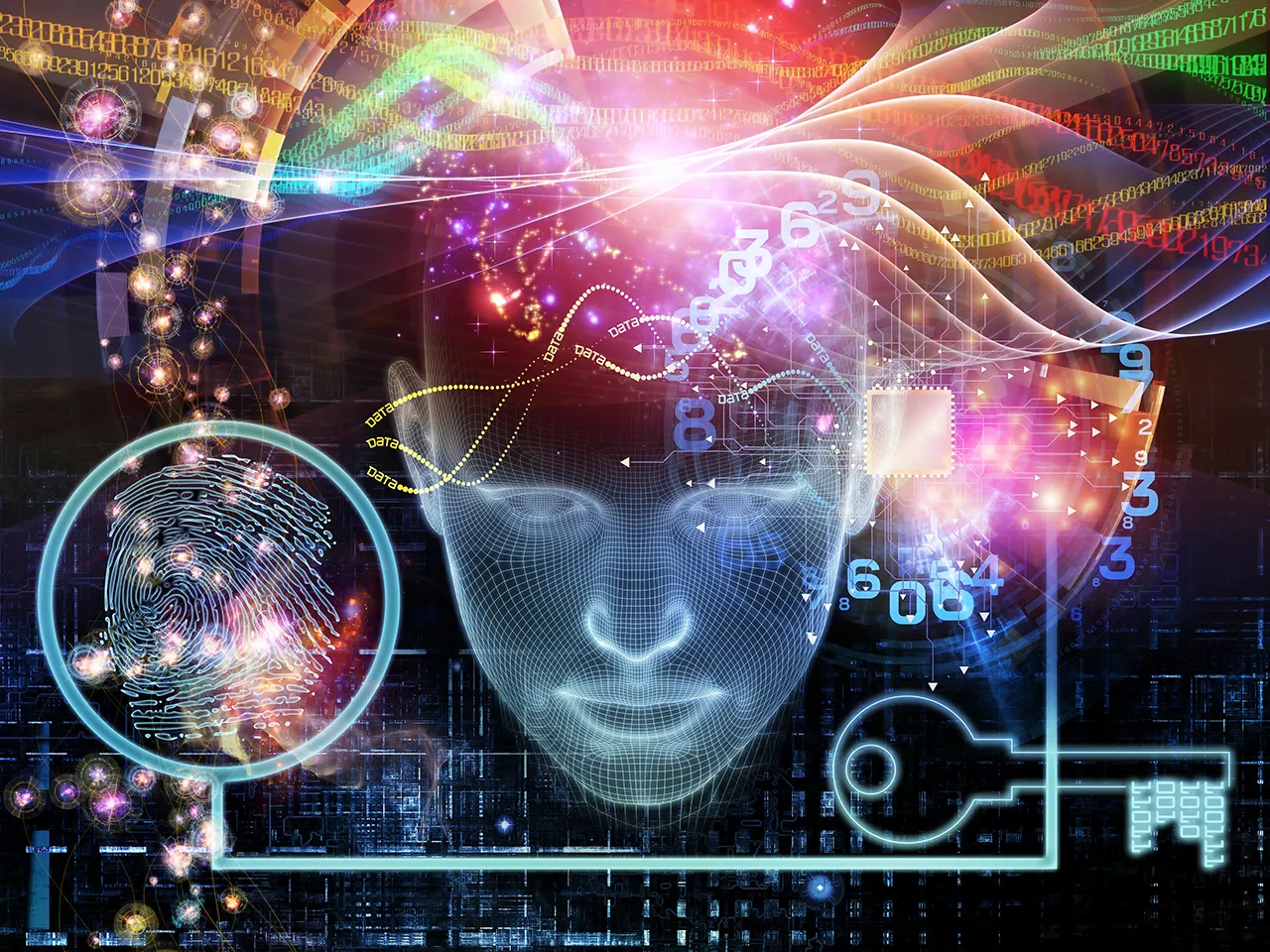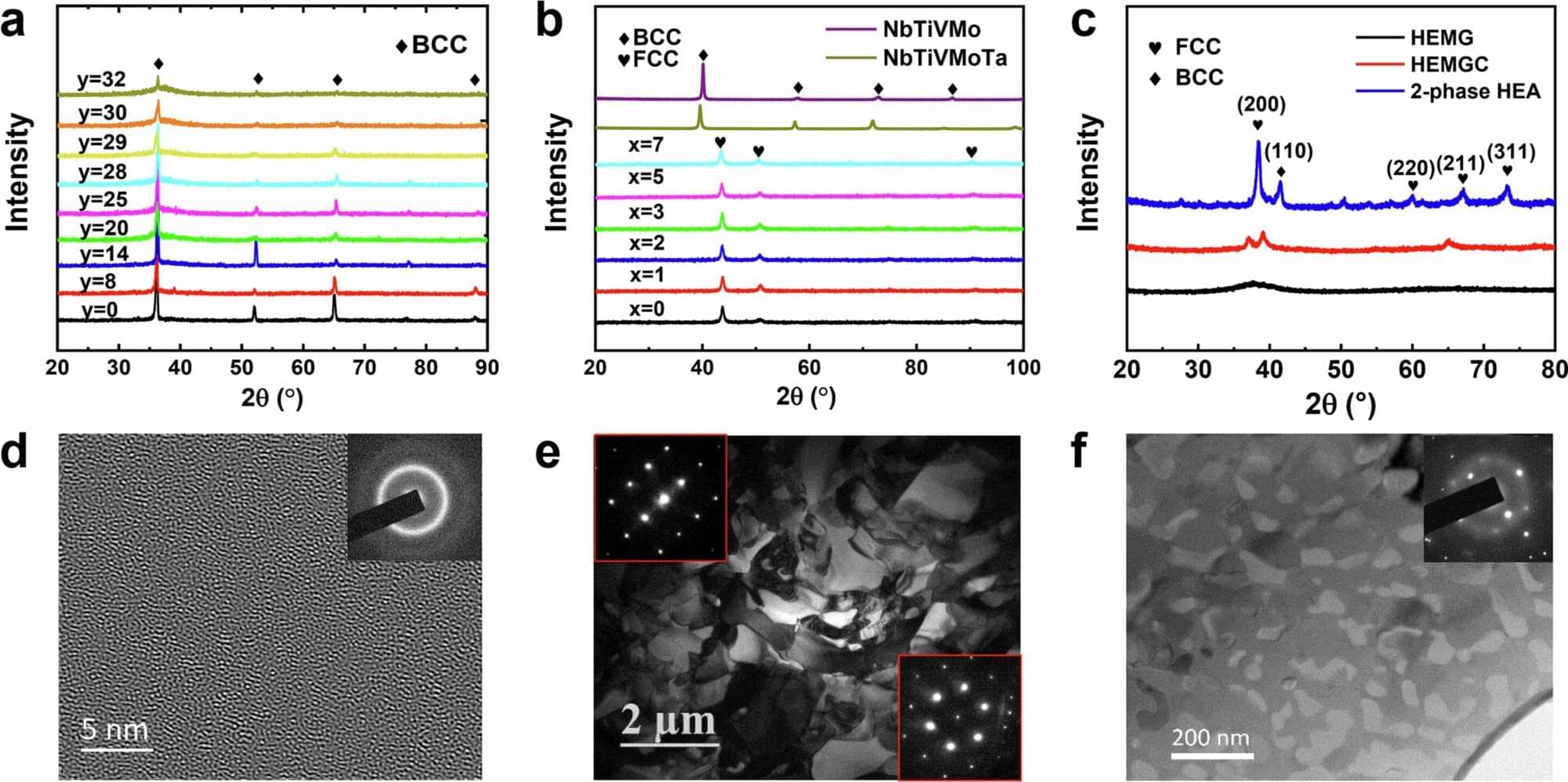Ray Kurzweil is an acclaimed inventor, futurist and author. In his newest book, “The Singularity is Nearer,” he dives into the future date where humans and machines eventually merge. Jeff Glor has more from their conversation. “CBS Saturday Morning” co-hosts Jeff Glor, Michelle Miller and Dana Jacobson deliver two hours of original reporting and breaking news, as well as profiles of leading figures in culture and the arts. Watch “CBS Saturday Morning” at 7 a.m. ET on CBS and 8 a.m. ET on the CBS News app. Subscribe to “CBS Mornings” on YouTube: / cbsmornings Watch CBS News 24/7: https://cbsnews.com/live/ Download the CBS News app: https://cbsnews.com/mobile/ Follow “CBS Mornings” on Instagram:
/ cbsmornings Like “CBS Mornings” on Facebook:
/ cbsmornings Follow “CBS Mornings” on Twitter:
/ cbsmornings Subscribe to our newsletter: https://cbsnews.com/newsletters/ Try Paramount+ free: https://paramountplus.com/?ftag=PPM-0… For video licensing inquiries, contact: licensing@veritone.com
Category: singularity
How to build an A.I. brain that can surpass human intelligence | Ben Goertzel
How to build an A.I. brain that can surpass human intelligence.
Watch the newest video from Big Think: https://bigth.ink/NewVideo.
Join Big Think Edge for exclusive videos: https://bigth.ink/Edge.
Artificial intelligence has the capability to far surpass our intelligence in a relatively short period of time. But AI expert Ben Goertzel knows that the foundation has to be strong for that artificial brain power to grow exponentially. It’s all good to be super-intelligent, he argues, but if you don’t have rationality and empathy to match it the results will be wasted and we could just end up with an incredible number-cruncher. In this illuminating chat, he makes the case for thinking bigger. Ben Goertzel’s most recent book is AGI Revolution: An Inside View of the Rise of Artificial General Intelligence.
BEN GOERTZEL:
Ben Goertzel is CEO and chief scientist at SingularityNET, a project dedicated to creating benevolent decentralized artificial general intelligence. He is also chief scientist of financial prediction firm Aidyia Holdings and robotics firm Hanson Robotics; Chairman of AI software company Novamente LLC; Chairman of the Artificial General Intelligence Society and the OpenCog Foundation. His latest book is AGI Revolution: An Inside View of the Rise of Artificial General Intelligence.
TRANSCRIPT:

RAM is so expensive, Samsung won’t even sell it to Samsung
More hints that the Singularity really has begun: and more importantly: https://arstechnica.com/space/2025/12/after-years-of-resisti…ublic-why/
The second article is how Elon is going to have SpaceX go public at $1.5 trillion so he has more money to put into AI. Of course, Elon is not the only one putting money into AI and $1 trillion will be spent on AI data centers next year.
Due to rising prices from the “AI” bubble, Samsung Semiconductor reportedly refused a RAM order for new Galaxy phones from Samsung Electronics.
Lifeboat Foundation Guardian Award 2025: Professor Roman V. Yampolskiy
The Lifeboat Foundation Guardian Award is annually bestowed upon a respected scientist or public figure who has warned of a future fraught with dangers and encouraged measures to prevent them.
This year’s winner is Professor Roman V. Yampolskiy. Roman coined the term “AI safety” in a 2011 publication titled * Artificial Intelligence Safety Engineering: Why Machine Ethics Is a Wrong Approach*, presented at the Philosophy and Theory of Artificial Intelligence conference in Thessaloniki, Greece, and is recognized as a founding researcher in the field.
Roman is known for his groundbreaking work on AI containment, AI safety engineering, and the theoretical limits of artificial intelligence controllability. His research has been cited by over 10,000 scientists and featured in more than 1,000 media reports across 30 languages.
Watch his interview on * The Diary of a CEO* at [ https://www.youtube.com/watch?v=UclrVWafRAI](https://www.youtube.com/watch?v=UclrVWafRAI) that has already received over 11 million views on YouTube alone. The Singularity has begun, please pay attention to what Roman has to say about it!
Professor Roman V. Yampolskiy who coined the term “AI safety” is winner of the 2025 Guardian Award.
How AI Crossed the Limits of Human Intelligence
When I look back at how computing started, I remember a time when I could see the entire problem in my head and simply tell the machine exactly what to do. That world no longer exists. We allowed our systems to make their own decisions, and with that, we crossed into a new era of autonomy.
In this talk, I explain how AI moved beyond imitation and began outperforming us in ways we once believed were uniquely human. I walk through the early intelligence tests, the exponential doubling of capabilities, and the moment we touched the threshold of AGI. Most importantly, I explore what this means for us as a species.
I am neither optimistic nor pessimistic. I am realistic. The coming years will be challenging before they become extraordinary.
And the outcome will depend far more on humanity than on the machines we’ve created.
In this video I talk about:
• how we shifted from rule-based programming to autonomous decision-making.
• the first AI IQ and capability tests and what they revealed.
• why AI abilities doubled roughly every 5.7 months.
• the early evidence of AGI and what it truly represents.
• the meaning of the singularity and why we’re already feeling its effects.
• the two eras ahead: augmented intelligence and machine supremacy.
• why humanity’s biggest risk is not AI’s intelligence, but our own stupidity.
• how we can guide this transition wisely instead of fearfully.

AI Bubble
A lot of people are talking about an AI bubble since it is normal for tech to explode in growth for a while, then collapse a bit, and then eventually move forward again.
WE ARE NOT IN AN AI BUBBLE. THE SINGULARITY HAS BEGUN.
There will not be a year between now and the upcoming AI takeover where AI data center spending will decline worldwide.
Learn about the Singularity!
Elon Musk Just Changed Everything at Tesla — And No One’s Talking About It
Elon Musk just made a bold announcement that could completely redefine Tesla’s future — but almost no one noticed. At the 2025 Tesla Shareholder Meeting, Elon revealed a deeper vision that goes far beyond cars. From AI and humanoid robots to clean energy and automation, Tesla is positioning itself as the driving force behind humanity’s next great leap.
In this video, Chris Smedley and the Ideal Wealth Grower team break down the hidden message behind Elon’s words, why the singularity may already be unfolding, and how Tesla’s shift toward artificial intelligence could reshape the global economy — and your investment strategy. Stay tuned till the end to discover why this could be the most important turning point in Tesla’s history.
Know what Type of Business suits you first at https://quiz.franchisewithbob.com/rg — and COPY THE RIGHT BUSINESS FOR YOU!
Thanks, Franchise with Bob, for sponsoring this episode!
Watch on Social media profiles:
LinkedIn: https://www.linkedin.com/posts/ameier…
https://twitter.com/IdealGrower/status/1986
… Welcome to Ideal Wealth Grower, the channel that helps you build real wealth, create passive income, and achieve true time freedom. I’m Axel Meierhoefer — former US Air Force officer, real estate investor, and lifelong learner inspired by visionaries like Elon Musk. After more than 20 years of successful real estate investing, I reached my own financial freedom point, and now I’m here to help you do the same. If you’re ready to stop trading time for money, take control of your financial future, and live life on your terms — you’re in the right place. Stay connected with us! ✅ X: twitter.com/idealgrower ✅ Our community: cutt.ly/0rDZ1fNI ✅ Linked In: / ameierhoefer ✨ ✨
/ @idealwealthgrower Top Data Scientist Exposes Quantum AI Disruption, Digital AI Twins | Anthony Scriffignano
• Top Data Scientist Exposes Quantum AI Disr… Is INFINITE BANKING the Future of Sustainable Wealth? with Chris Naugle | Age of Abundance
• Is INFINITE BANKING the Future of Sustaina… Elon Musk Just Changed Everything at Tesla — And No One’s Talking About It #elonmusk #tesla #chrissmedley #idealwealthgrower #teslanews #teslastock #teslainvestors #teslashareholdermeeting #teslaupdate #teslafuture #teslabot #teslaai #artificialintelligence #teslainnovation #futuretech #robotics #teslainvesting #wealthbuilding #financialfreedom #stockmarket #investing #technologynews #innovation #elonmusknews #teslamasterplan #ai what elon musk said at tesla 2025 meeting tesla AI day 2025 full presentation tesla master plan 4 explained tesla robot update 2025 elon musk latest tesla news elon musk tesla 2025 updates tesla shareholder meeting highlights.
X: https://twitter.com/IdealGrower/status/1986…
AGI Unbound with Joscha Bach: Consciousness and the future of Intelligence
AGI Unbound Series.
A series of focused interviews with the most interesting and impactful thought leaders in the field. We press on first principles—how they define core ideas in their domain, how they see the present, and where they believe intelligence is headed. Brought to you by SingularityNET and the AGI Society.
About this interview — Joscha Bach.
In this kickoff episode, cognitive scientist Joscha Bach explores consciousness as a coherence-forming learning process, argues for a computational view of mind, and outlines why machine consciousness should be treated as a testable hypothesis rather than a slogan. He discusses the California Institute for Machine Consciousness, contrasts today’s “idiot-savant” AI with developmental intelligence, sketches futures from universal basic intelligence to post-human infospheres, and offers frank advice to new researchers on pursuing bold, technically grounded work.
#AGI #AI #Consciousness #SingularityNET #AGISociety #JoschaBach #DecentralizedAGI
SingularityNET was founded by Dr. Ben Goertzel with the mission of creating a decentralized, democratic, inclusive, and beneficial Artificial General Intelligence (AGI). An AGI is not dependent on any central entity, is open to anyone, and is not restricted to the narrow goals of a single corporation or even a single country.
The SingularityNET team includes seasoned engineers, scientists, researchers, entrepreneurs, and marketers. Our core platform and AI teams are further complemented by specialized teams devoted to application areas such as finance, robotics, biomedical AI, media, arts, and entertainment.

Unified model may explain vibrational anomalies in solids
Phonons are sound particles or quantized vibrations of atoms in solid materials. The Debye model, a theory introduced by physicist Peter Debye in 1912, describes the contribution of phonons to the specific heat of materials and explains why the amount of heat required to raise the temperature of solids drops sharply at low temperatures.
The Debye model assumes that vibrational frequencies are continuously distributed in a solid material. Past studies, however, found that when phonons have particularly short wavelengths, some anomalies can emerge.
The first of these reported anomalies, the so-called Van Hove singularity (VHS), is characterized by sharp features in the vibrational density of states (DOS) observed in crystals. The second, known as a boson peak, entails a significant excess in the DOS in amorphous solids or glasses.
The Age of Sustainable Abundance Is Here!
Advancements in AI, robotics, and space exploration are driving us towards a future of sustainable abundance, enabled by innovations such as space-based solar power, humanoid robots, and scalable AI infrastructure. ## ## Questions to inspire discussion.
Terafabs and AI Chips.
🛠️ Q: What are Elon Musk’s plans for terafabs?
A: Musk plans to build terafabs with 10 lines, each producing 100k wafers/month, costing **$10–20 billion/line.
🔋 Q: What challenges do AI chips face for scaling?
A: Scaling AI faces bottlenecks in AI chips and energy, with Musk’s terafabs and solar power as key solutions.